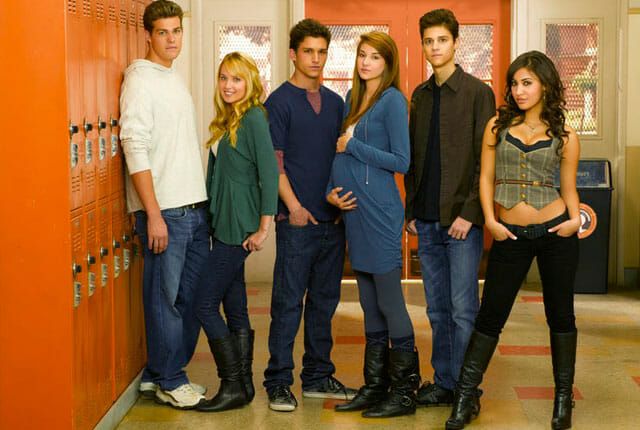After reading Mindy Kaling's chapter "Coming this fall," it got me thinking about the stereotypical roles women have been cast as. It seems as if all the same roles have been reassigned to different actresses as time goes one. More first observation is that all most women are seeking a man, and it is rare if the show or movie ends with the woman being satisfied on her own. Just about every romantic comedy I can think of starts out like this. Like the movie
He's Just Not That Into You, all of the women are almost desperate for the affection of their male counterpart, who, like the title indicates, is not that into them. Kaling almost suggest that her show is a bit stereotypical as well in that she compares
The Mindy Project to the hypothetical show she mentions at the end of this chapter called "Talkative Chubster Seeks Husband." I think Kaling herself is typecast as a character who is desperate for love.
 |
| Mindy Kaling as Kelly in The Office |
Also on the topic, of stereotypes, I see many racial stereotypes in tv as well. Kaling brings this up in "Poor Maria," which is basically the premise to
Maid in Manhattan. Maria a Hispanic trope in that she is a cleaning lady for a rich, white CEO. She also seems to want a romantic relationship with him as well. Hispanic women have been typecast this role several times. For instance, in the ABC Family show,
The Secret Life of an American Teenager, depicts Adrian as the lusty, sexy, Latina who will do anything to win back her man.
 |
Adrian pictured far right
|
Kaling also makes another interesting point when she mentions the "candid black best friend." I see this all the time! So many movies depict a black best friend for the white main character. I guess this is some film makers way of showing "diversity." Typically, they are seen as the comedic relief. Both Netflix movies
Sierra Burgess is a Loser and
A Christmas Prince depict racially stereotypical friends. In the first film, Sierra is friends with Dan, a goofy, black gay man who continues to give her advice. As for
The Christmas Prince, there is a number of racial tropes at play here. The main character's two best friends include a sassy yet sensible black woman, and a playful, gay Hispanic male. Then during her wedding, there is a shameless depiction of an flamboyant, Indian fashion designer. Why does it seem like the only ethnic characters in film are overly exaggerated racial tropes? Why are women only focused on finding romance? Kaling brings this issue of stereotyping to light in her chapter. I think there needs to be more representation of ethnic characters in film without it being deemed as an "ethnic" film. It feels as if I am watching the same movies over and over again yet they claim to be original. I would like to see more films that show independent women and that they don't need to find love at the end in order to be happy. Also, I think it is important to incorporate more diversity without them being side characters or comedic reliefs.




Great post. I want to hone in on the point you made about the "candid black best friend." How many introverted black characters do you see in comedy? Maybe I just don't watch enough TV, but I count roughly zero. It does seem like minority female characters are especially typecast, in fact Kaling explores this several times, as Kelly on the Office. Interesting stuff. Stock characters are everywhere!
ReplyDeleteI love how you related "Coming this Fall" to The Secret Life of the American Teenager. I remember watching this show when I was a lot younger and understanding that I was supposed to dislike characters like Adrian and like characters like Amy. Even as a very young consumer, I understood that I was supposed to view Adrian as too promiscuous and Grace as too virginal (and Amy as just right? Not sure on that one). It's crazy that even in elementary or middle school I picked up on the stereotype of characters like Adrian and that I was supposed to be suspicious of her because she was the type who might steal your man. However at that point, I just didn't really understand what a stereotype was. Now, I hope to be more critical of what I'm consuming (although sometimes I still enjoy guilty pleasure soaps!).
ReplyDeleteI really enjoyed your post Lexy! The explanations of the shows and characters was very helpful when relating them to common tropes. I liked your post a lot because it helped me to better understand tropes. This was actually kind of a difficult concept in literature and texts for me to grasp at first. You post did nothing but help me understand where we can find them in texts, what they look like, and what their goals are. Thank goodness for those movies we can count on knowing what will happen with certain tropes, but I also am grateful for those who surprise me! Television and Hollywood is such an interesting topic, and I liked how you related it to literature and our course. Thanks for a great post!
ReplyDelete